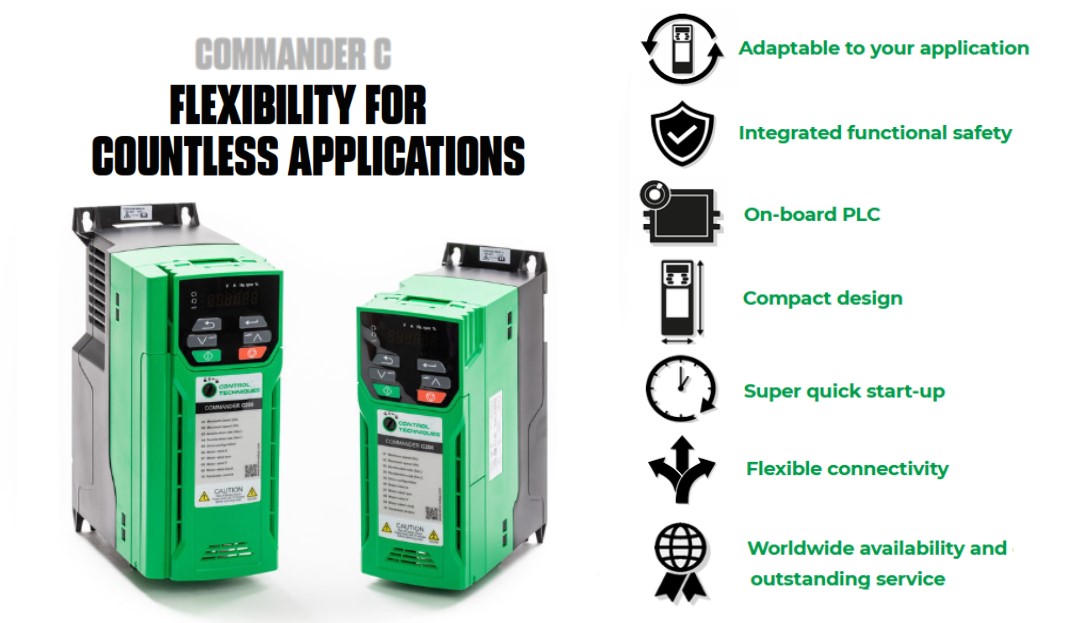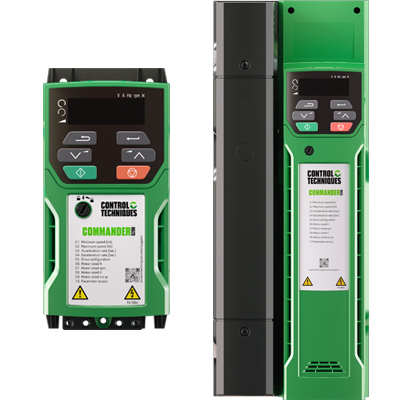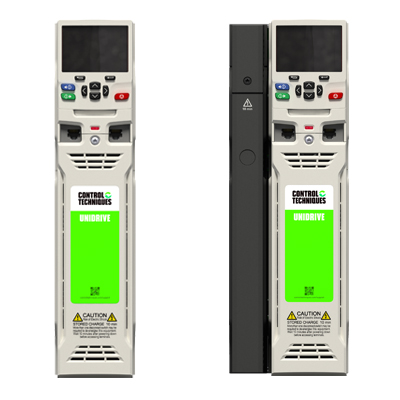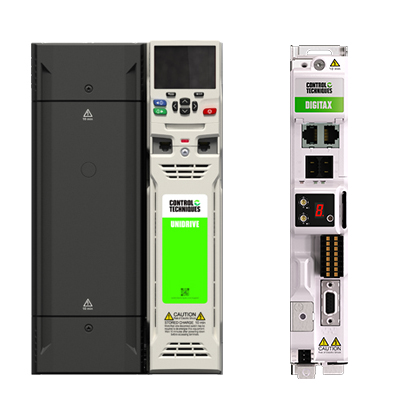How AC & DC Drives Save Energy?
In industrial and commercial settings, the efficient use of energy is a critical factor in reducing operational costs and environmental impact. Variable Frequency Drives (VFDs), also known as adjustable speed drives or AC drives, play a significant role in achieving energy savings by precisely controlling the speed of AC motors. Let's delve into the ways VFDs contribute to energy conservation:
Speed Control:Traditional fixed-speed motors run at a constant speed, often consuming more energy than necessary. VFDs enable the user to adjust the motor's speed to match the load requirements. This avoids excessive energy consumption during periods of low demand and reduces wear and tear on machinery.
Variable Torque Applications: Many applications, such as fans, pumps, and compressors, have torque requirements that increase with the square of the speed. By reducing the speed using VFDs, significant energy savings can be achieved due to the cube law relationship between speed and power. For instance, a 20% reduction in fan speed can result in up to 50% energy savings.
Linear Voltage-Frequency Mode: AC drives provide 100% torque up to rated motor speed, especially in variable torque applications. This means that even when reducing motor speed, there's ample torque capacity available, enabling efficiency improvements.
Dynamic V to F Mode: In this mode, the VFD adjusts the voltage-to-frequency ratio based on the load level. This optimization minimizes power losses at low load conditions by reducing magnetizing current. As a result, energy consumption is reduced when the motor operates at lighter loads.
PID Control: VFDs can employ closed-loop control strategies, such as PID control, to precisely match motor speed to the specific requirements of the application. This is particularly effective in applications like pressure, level, and temperature control, where maintaining a constant output is crucial.
Active Front End Systems (AFE): AFE systems allow bi-directional energy flow between the mechanical system and the AC supply. Unlike standard drives, AFE systems can recapture energy during electrical braking, minimizing energy wastage as heat. This is particularly beneficial in applications with frequent braking, such as material winding and unwinding systems.
Common DC Bus Systems: Combining AFE systems with a common DC bus configuration offers an efficient approach to energy conservation in applications where energy is constantly being exchanged between braking and motoring drives. This setup is ideal for systems that require constant tension, like material winding and unwinding.
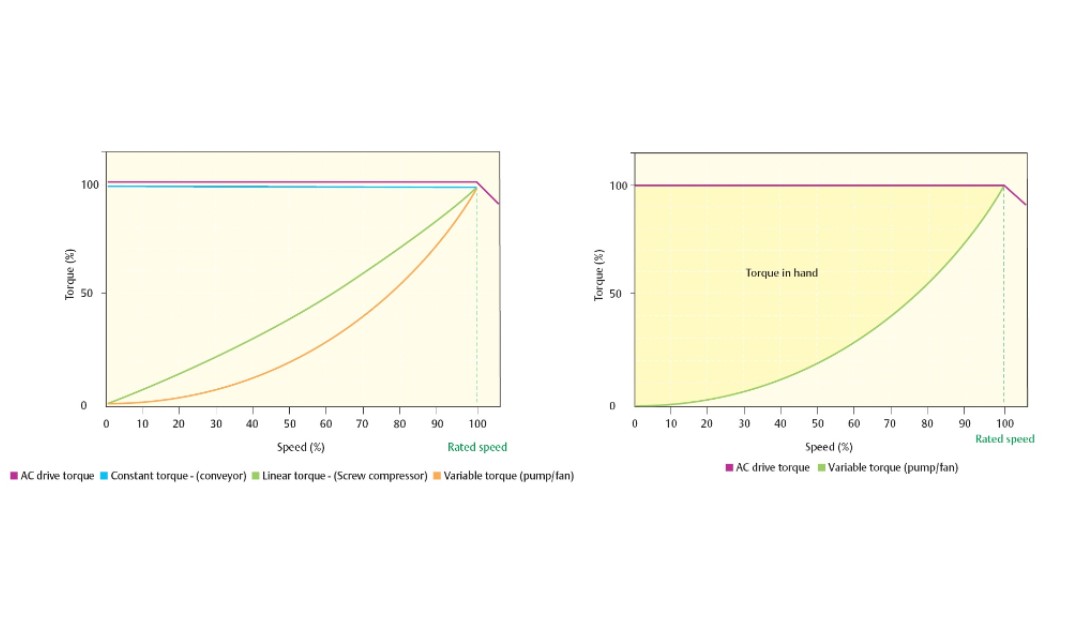
Variable Frequency Drives Enable Precise Control of Motor Speeds
In summary, Variable Frequency Drives are powerful tools that enable precise control of motor speeds, resulting in substantial energy savings across a wide range of industrial applications. By adjusting motor operation to match load demands and optimizing voltage and frequency, VFDs contribute to reduced energy consumption, increased equipment lifespan, improved process control, and lower operational costs. The implementation of VFDs aligns with the ongoing efforts to promote sustainability and energy efficiency in various industries.
